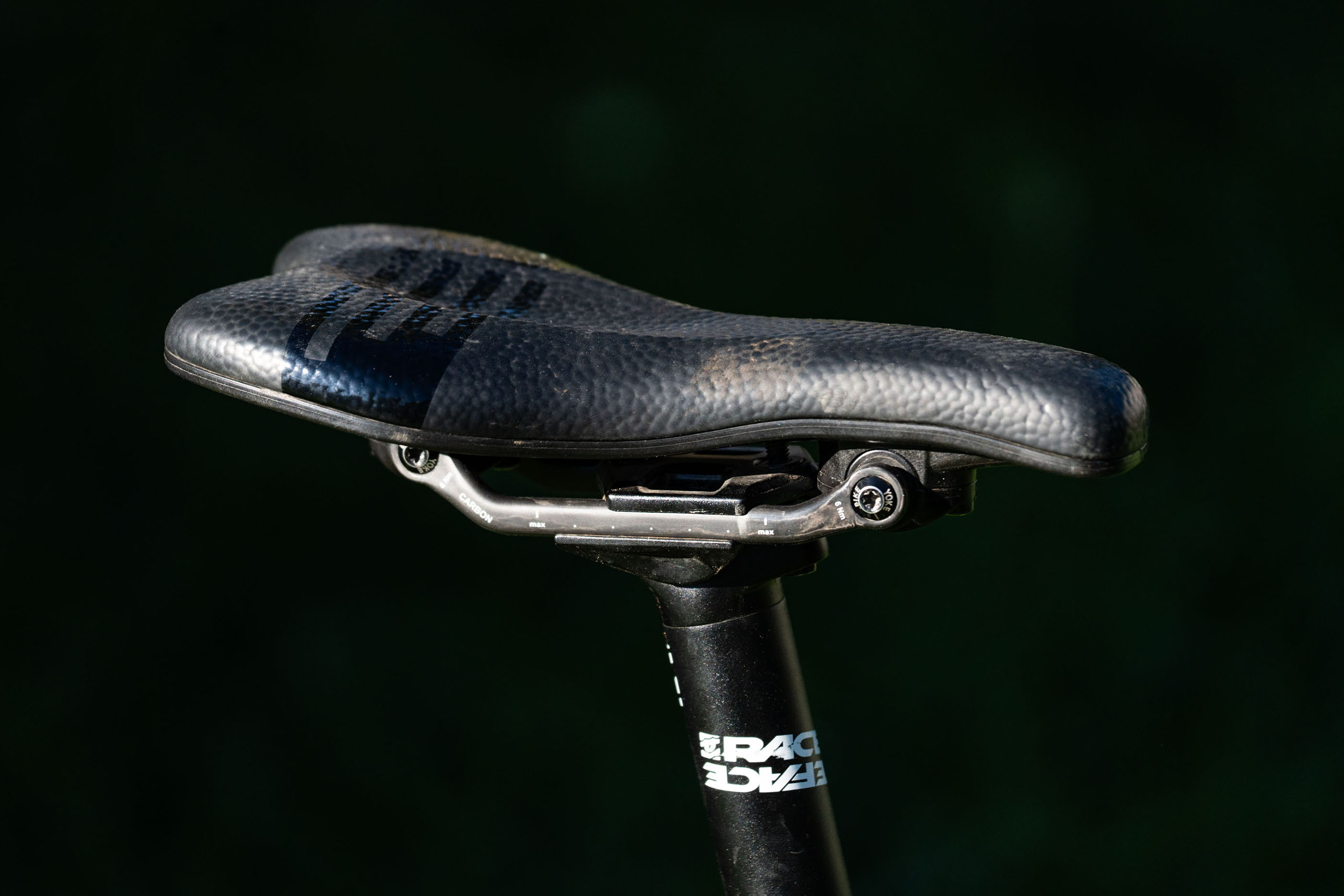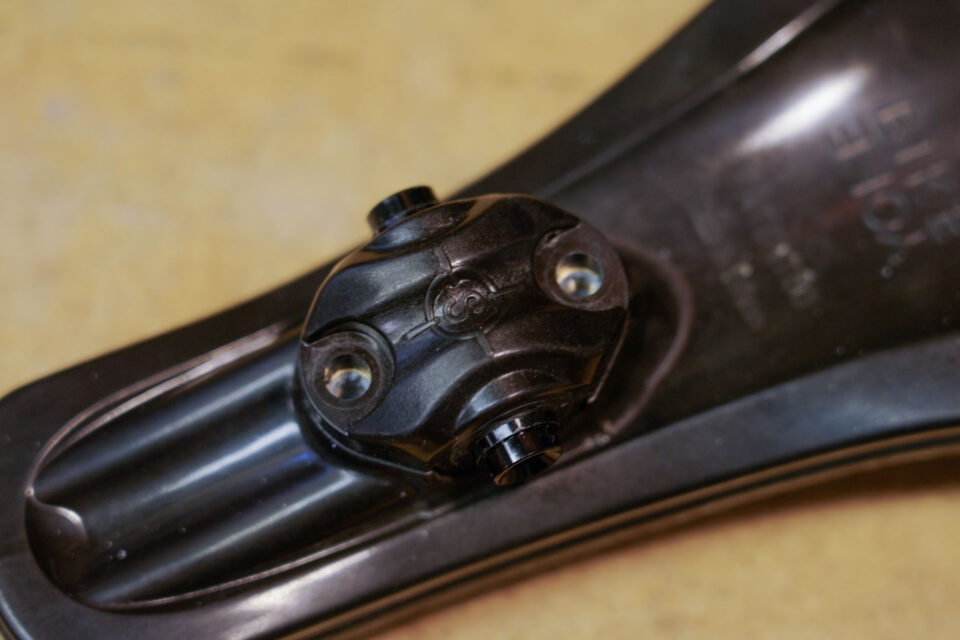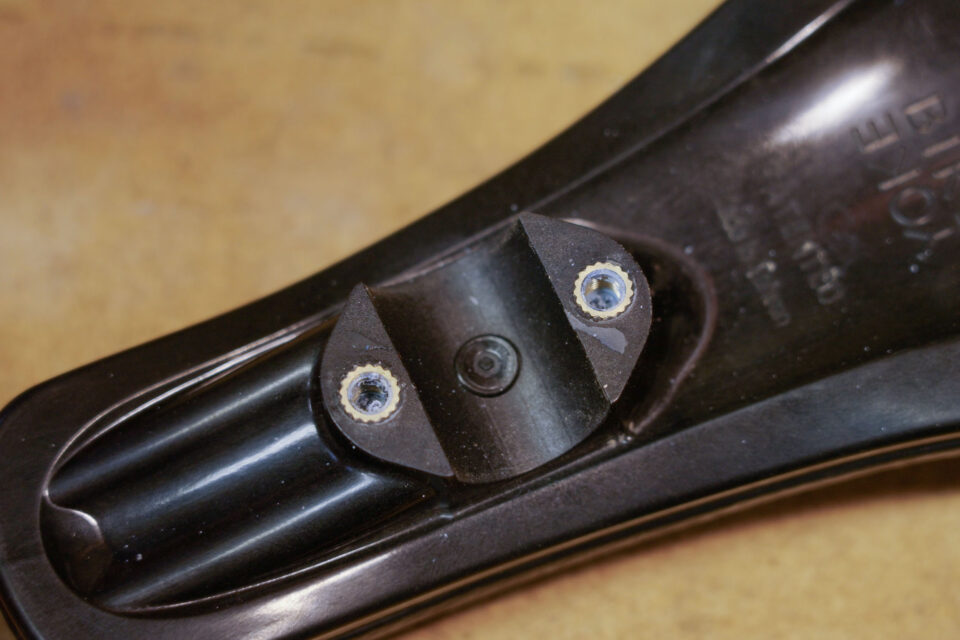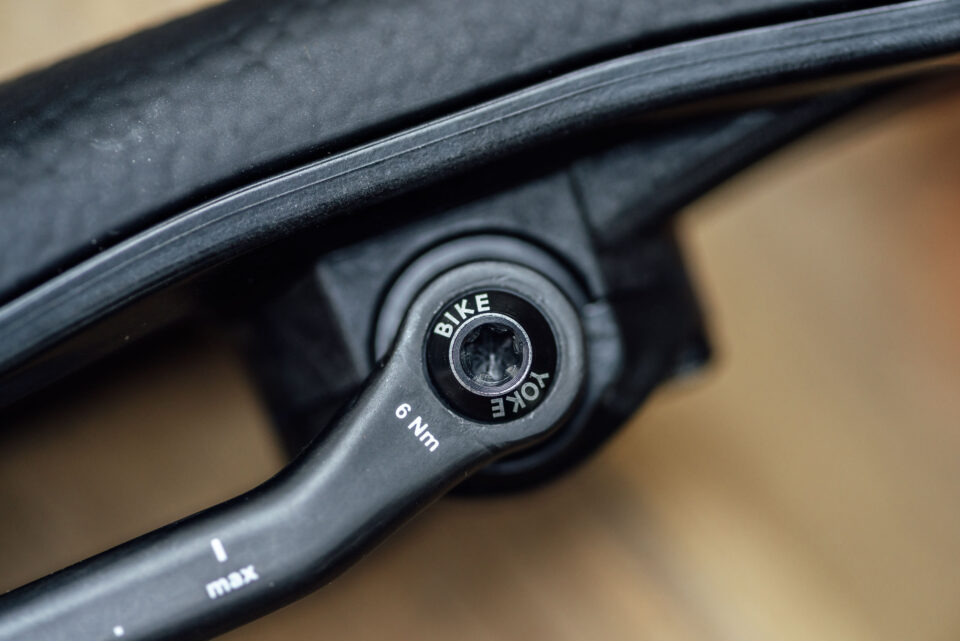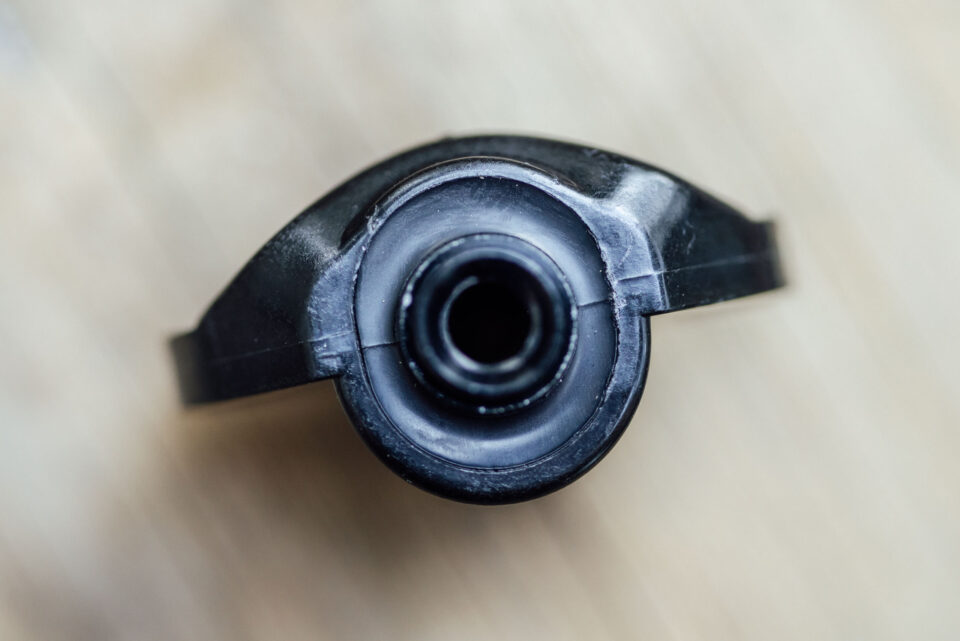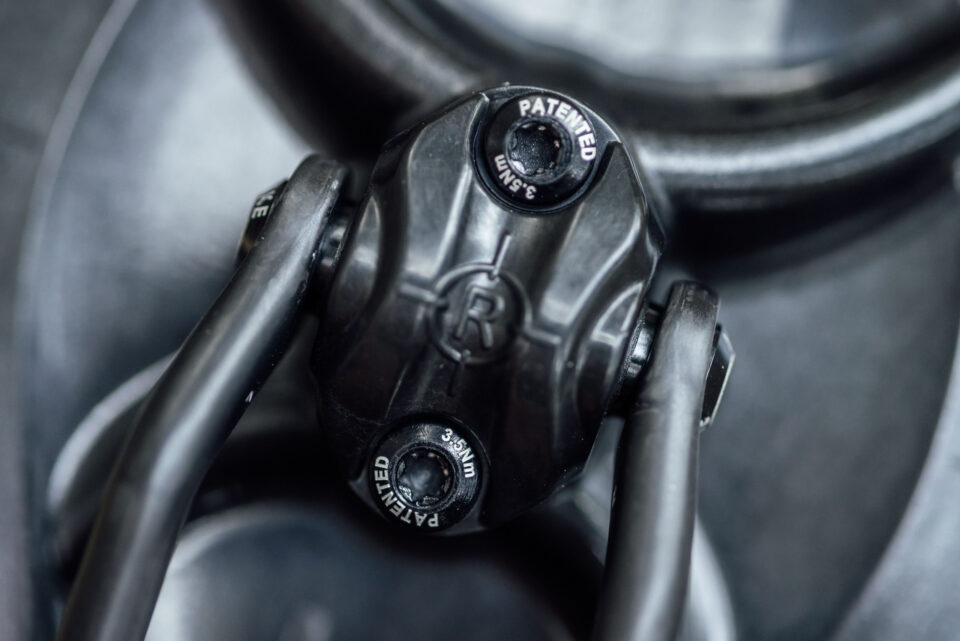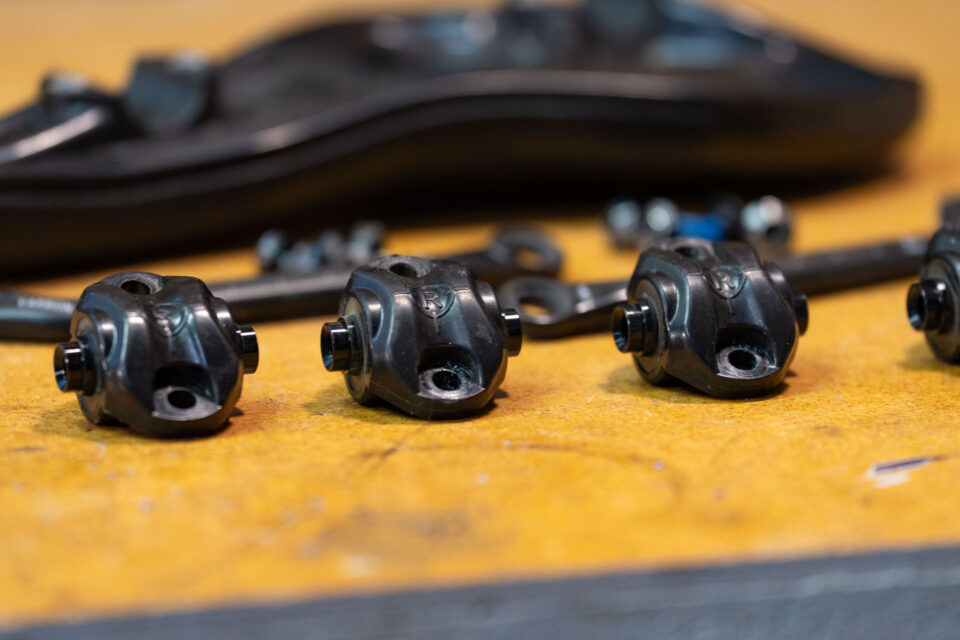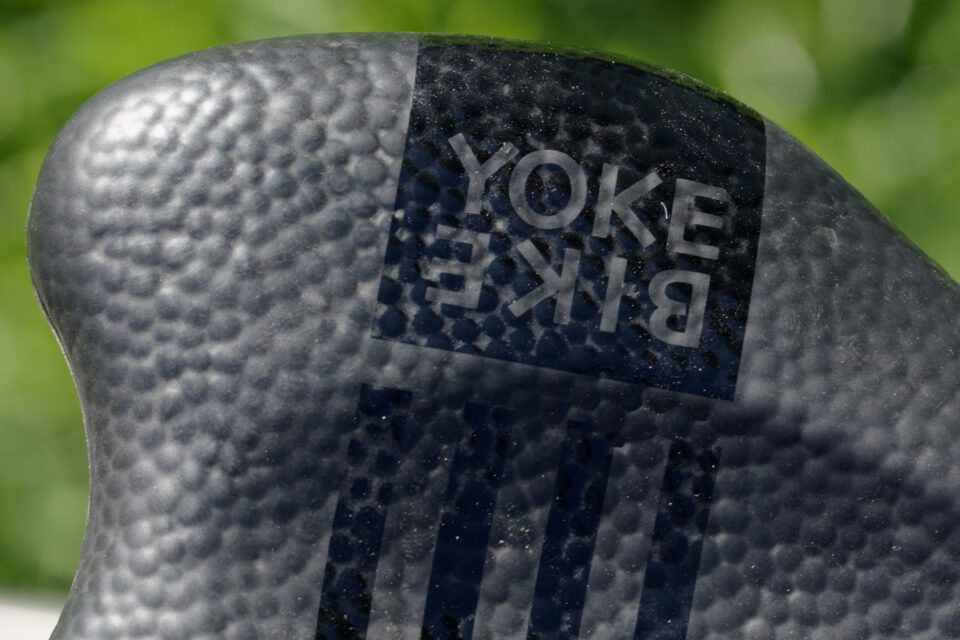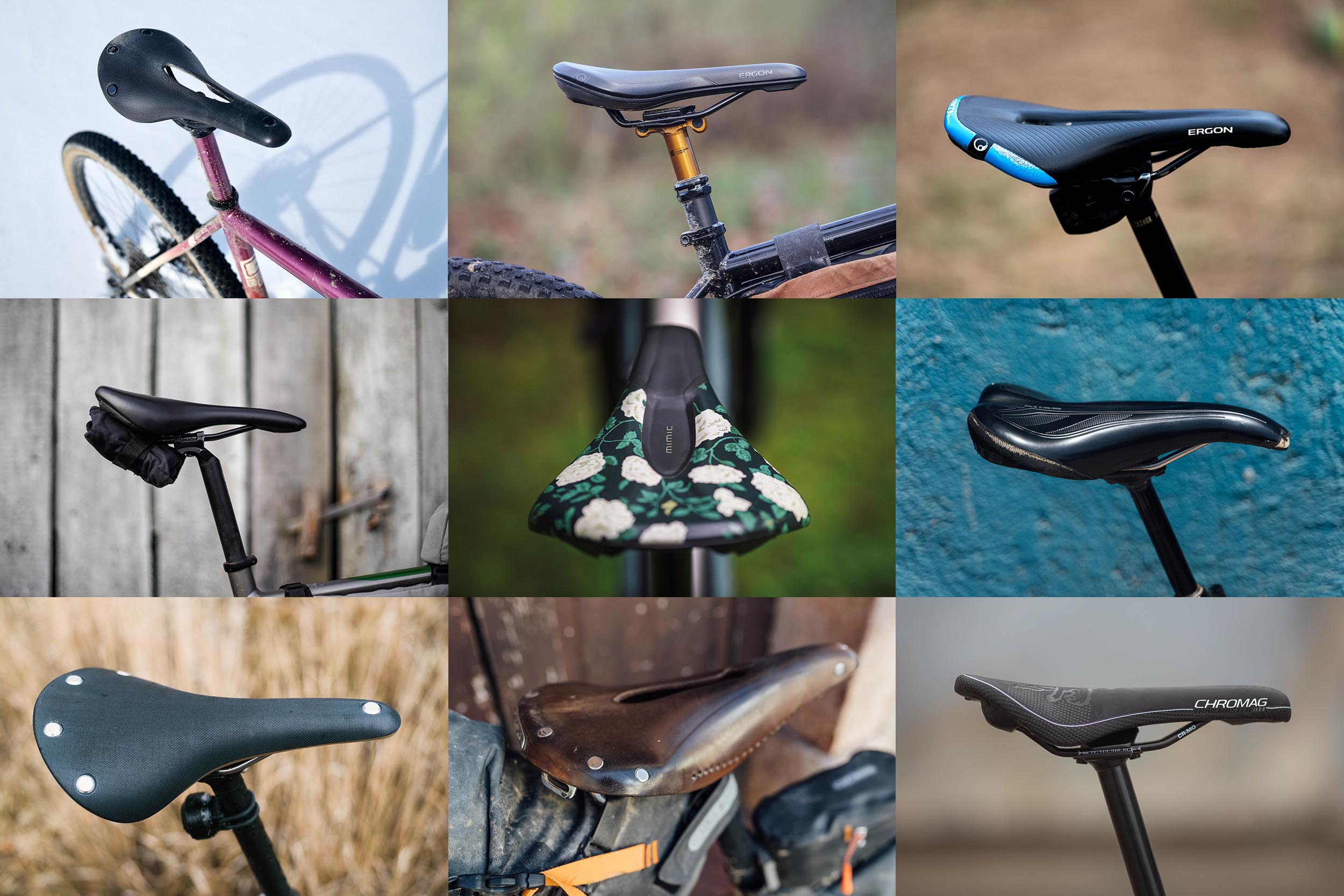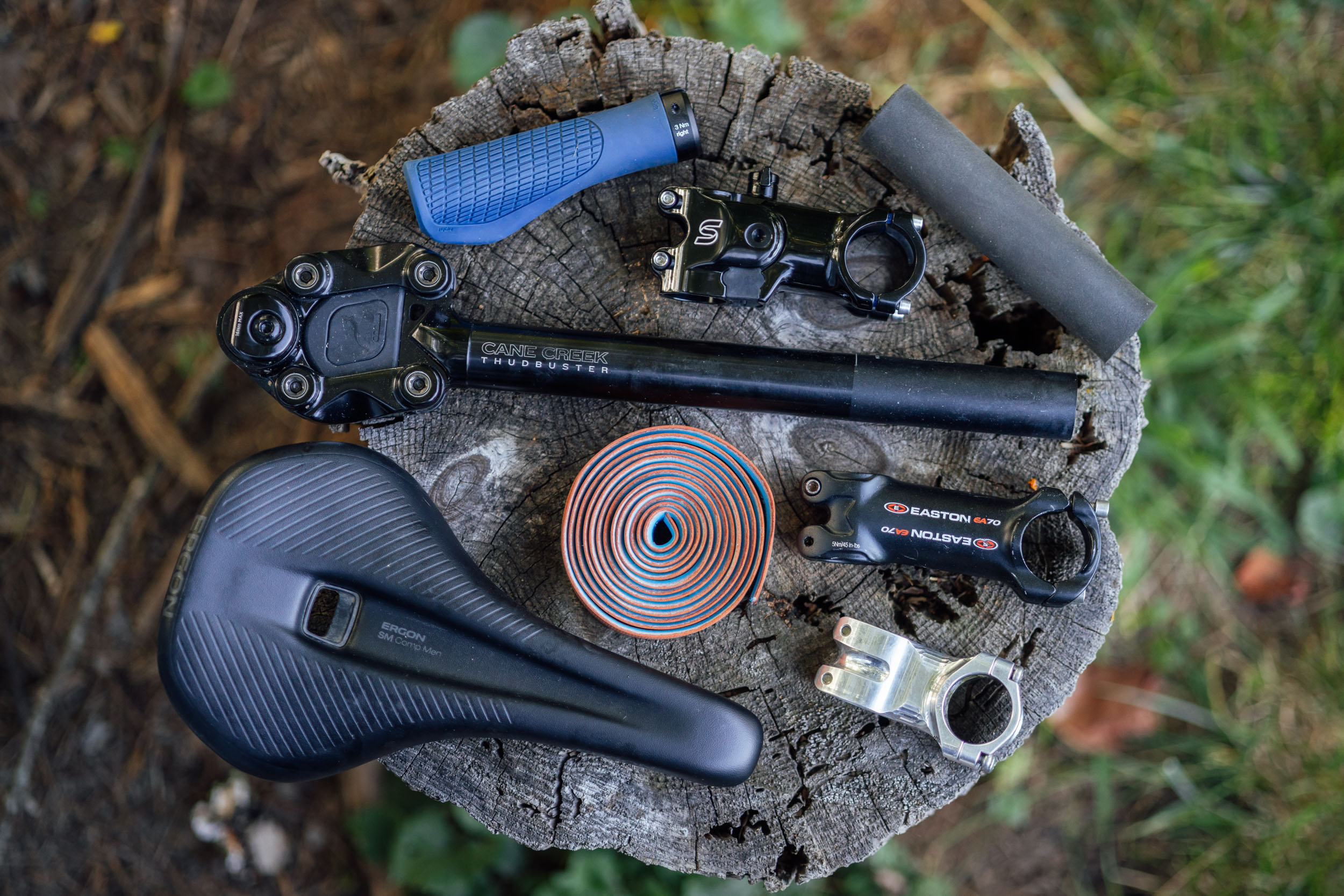BikeYoke Sagma Review: A Suspension Saddle!?
Can a saddle with built-in suspension offer more comfort on long rides? The BikeYoke Sagma features integrated elastomers designed to reduce vibrations and remedy saddle suffering. In our latest review, we dig into the details after trail riding and bikepacking with the Sagma Carbon for several months…
With additional photos and insight by Logan Watts
Based in Stegaurach, Germany, BikeYoke is a relatively small brand that got its start by machining replacement shock yokes exclusively for Specialized’s full-suspension bikes. They made a name for themselves with a revolutionary lineup of dropper posts known for their reliability and an innovative built-in air purge design. The brand’s latest creation is the BikeYoke Sagma saddle, a first-of-its-kind suspension saddle that incorporates two elastomers into the saddle rail assembly. The Sagma is designed to dampen vibration and small bumps to provide comfort on long rides. We were a little skeptical at first, but we had to give it a try. Find all the details and see how it fared on long off-road rides and bikepacking trips in the video review below, then scroll down for a written version.
Specs and fit
The BikeYoke Sagma is comes in a variety of configurations. The standard Sagma with aluminum rails and the Sagma Carbon both come with the elastomer system, and the Sagma Lite and Sagma Lite Carbon are suspension-less. Each is available in several colors and 130 and 142mm widths. Given my narrow seat bones, I tested the 130mm Sagma Carbon, which weighed 197 grams on my scale.
Figuring out which width you need is always challenging. Measuring sit bones offers a general starting point, but its accuracy depends on your bike setup. Whether you have an upright or hunched posture might affect where your sit bones contact the saddle too. During long rides, I regularly adjust my position, which means I’m not consistently in one place. Trial and error is the best approach. Unfortunately, that can be costly and time consuming. I worked at a bike shop that offered a saddle rental program, which is a good option that I recommend looking into at your local bike shop.
In my experience, narrower, slimmed-down saddles cause less chafing than wider and more bulky options. This is especially true coming from someone with a narrow seatbone width. However, saddle preferences are highly personal. What works for me might not work for you.
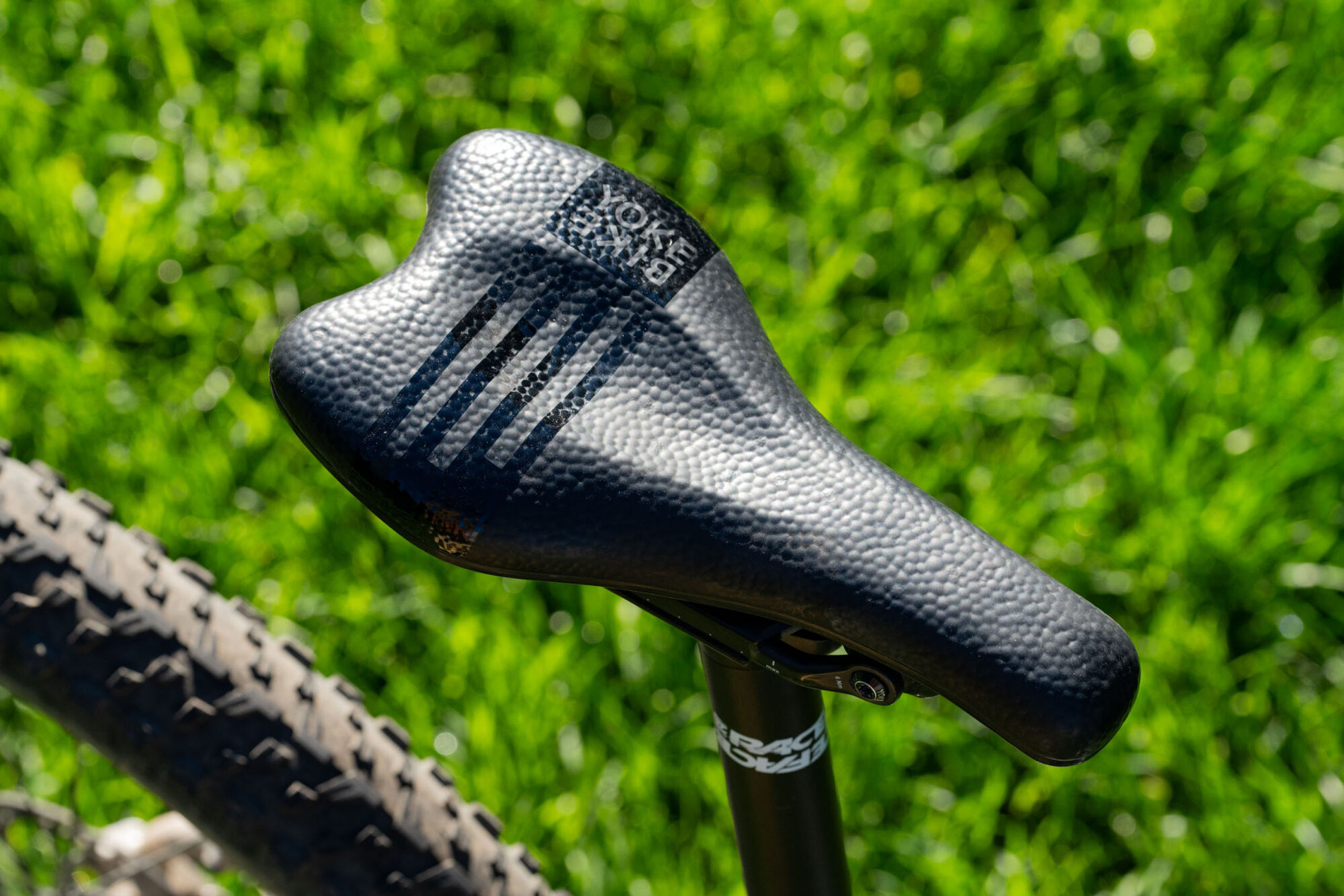
As mentioned, the Sagma I tested measures 130mm wide and 242mm long. It’s short, stubby, and looks a little odd, but who cares if it makes your butt happy? Despite its size, it’s generously cushioned, much more so than my usual preference. BikeYoke incorporates IDBeads foam, a formula designed to dampen vibrations and conform to the rider’s anatomy, reducing pressure on sensitive areas for enhanced comfort and performance. The foam core is integrated into a carbon-reinforced shell and has a PU-coating on the top.
Suspension Platform
The standout feature with the BikeYoke Sagma, of course, is the interchangeable elastomers. These enable the top of the saddle to rotate and provide some lateral movement to effectively dampen vibrations and allow the saddle to flex and absorb when pedaling over rough terrain. Out of the box, the saddle includes two normal elastomers and two replacement options: one soft and one hard to fine-tune the system to your preference.
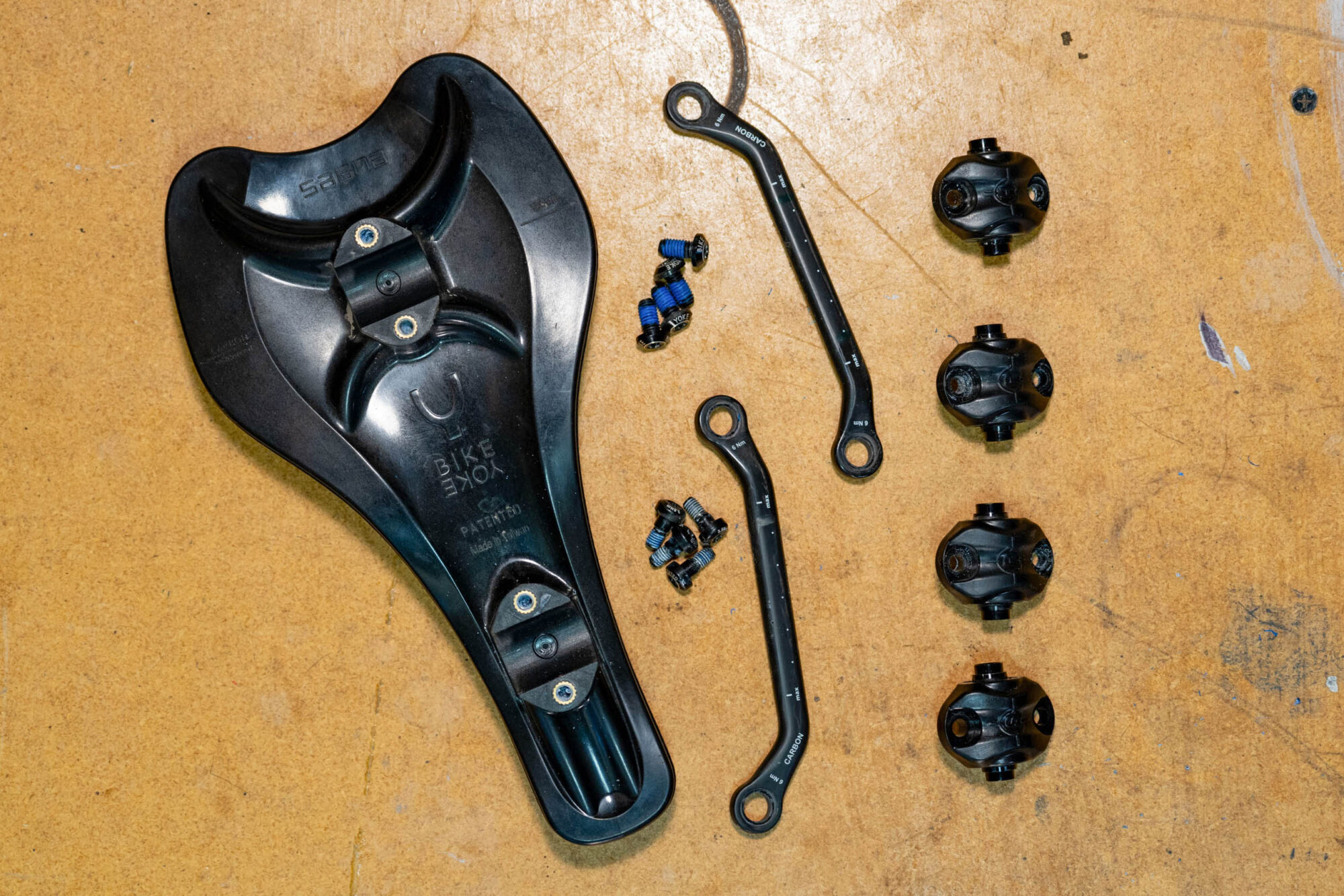
The elastomers are built with a machined aluminum spindle (or linkage) that’s embedded within a rubber compound surrounded by a hard plastic shell. The rubber compound surrounding the spindle is what provides the cushion. The shock-absorbing elastomer shells are labeled for easy identification: H for hard, R for regular, and S for soft.

Swapping out elastomers
Swapping out the elastomers is pretty straightforward. The system has a neat design that uses four T25 bolts that secure the carbon saddle rails into the threaded machined spindle. There are two additional bolts that hold the hard plastic elastomer assembly to the saddle shell. Although the swapping process takes a little time, it’s fun to experiment with different combinations. Although I haven’t had any issues, it’s worth noting that the elastomer system introduces an additional potential point of failure, which is something to consider when assembling a repair kit for a big multi-week ride.
How does it feel?
The BikeYoke Sagma has a lot to going on, so how does it perform? I used it on a few day rides before setting out on a three-day bikepacking trip this spring. By the end of the first day, I experienced some chafing and hot spots. The second day, the chafing started sooner and ended up being even worse than day one, so I braced myself for a potentially very uncomfortable third day.
Surprisingly, when I hopped on the bike on day three, the saddle felt great! There were no odd pressure points or irritations like on day two, which was quite unexpected. Typically, saddle discomfort tends to worsen throughout a trip. This could have been a coincidence with my body adapting, or the IDfoam needed those first two days to break in and conform. Whatever the reason, I haven’t encountered any major discomfort issues with the saddle since then. I’ve taken a lot of day rides and bikepacking trips this summer too. Note that I originally used the Sagma with a moderately thick chamois, but I since discovered that it remains comfortable even with a Club Ride level one minimal chamois or just wool boxer briefs.
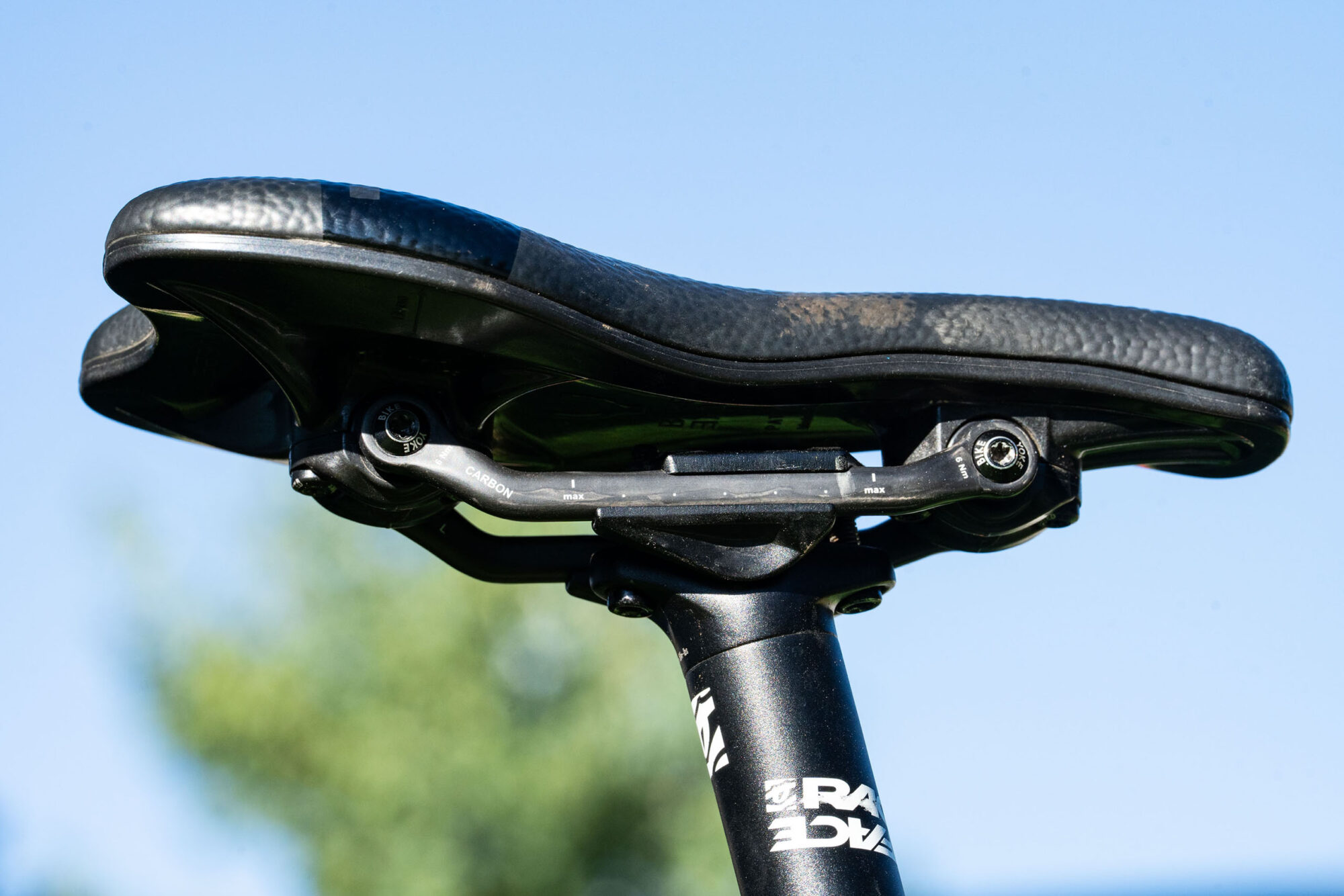
Assessing the elastomers’ advantages is complicated, but they undeniably have an impact. Despite the saddle’s rigidity without weight on it, I noticed a flex in the elastomers when I was riding, especially laterally. This flex became noticeable during demanding climbs or rough trails when I needed to shift my weight to maneuver the bike, and it even felt like it helped distribute my weight faster from side to side. And because I wasn’t using a dropper on the Otso Fenrir, the extra cushion was certainly welcome on descents. Another notable feature is the saddle’s shorter length, which enhances maneuverability.
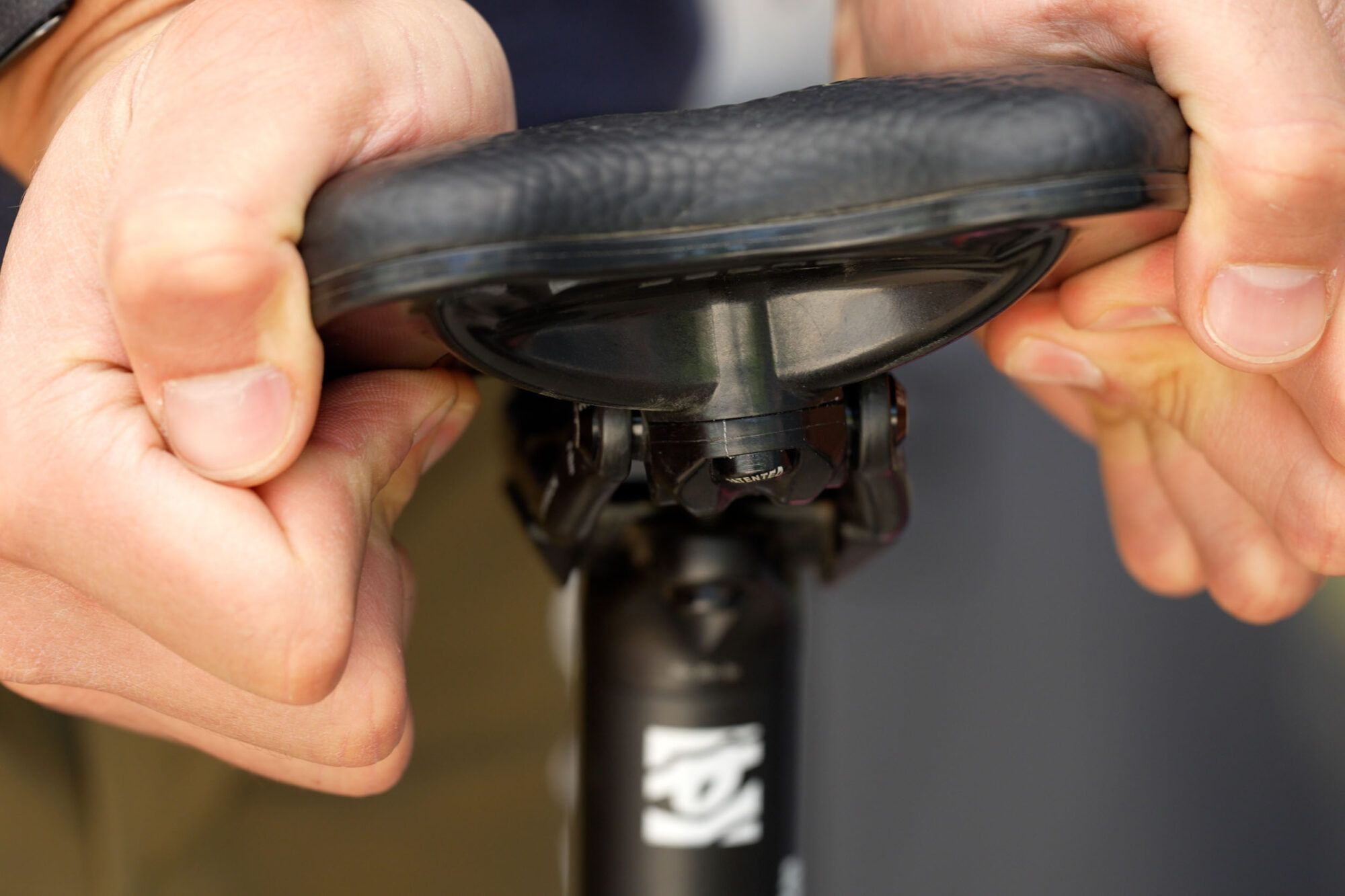
While it doesn’t provide as much flex as something like the 20mm Cane Creek eeSilk post I reviewed, it effectively dampens vibrations over small bumps. My preferred configuration was to have the Hard elastomer in the rear position and the Regular one in the front, offering a good balance of lateral flex and comfort. The Soft option (shown above) introduced more unwanted side-to-side movement, especially when placed in the rear. While some folks may like that, I wasn’t a fan of that much movement. The nice thing about it is that you can tweak it and experiment with what works best for you.
I mainly used this saddle with a rack while bikepacking, but I also tried it with a seat pack secured by nylon straps and buckles for the sake of testing. It performed fine, surprisingly. It’s important to note that since the load is primarily supported by the saddle rails in this configuration, it doesn’t affect the elastomers like your body weight does. However, there’s likely to be increased pressure on the lower section of the elastomers due to the seat pack pressing down when tightened. More importantly, the carbon saddle rails might be more sensitive to wear, so the aluminum version my be best if you are planning on using a seat pack.

As far as carbon vs. aluminum saddle rails, I often find carbon rails to be a bit stiffer, which can feel more harsh. This effect is negated when paired with the Sagma’s built-in suspension. Still, the carbon rails provide a nice balance that remains supportive through the pedal stroke. That said, I didn’t try the aluminum version of the Sagma. The aluminum version comes in at a claimed weight of 220 grams is $30 less than the carbon version. Both are a bit more expensive than a standard saddle, but they clearly offer much more.
- Model Tested: BikeYoke Sagma Carbon
- Actual Weight (130mm): 198 grams (7.0 oz)
- Actual Weight (142mm): 210 grams (7.4 oz)
- Place of Manufacture: Taiwan
- Price: $169
- Manufacturer’s Details: BikeYoke
Pros
- Very comfortable
- IDbeads foam seems to conform to your body
- Elastomers allow more weight distribution
- Tunable elastomers are easy to install
- Carbon rails and shell provide some stiffness that balances elastomers
- A shorter saddle allows more maneuverability
Cons
- The soft elastomer allowed a bit too much movement
- More parts and pieces to fail
- Higher price point, but aluminum rail opinion is cheaper
Wrap Up
Considering that saddle preferences are highly personal, the BikeYoke Sagma presents a unique and customizable choice to cater to individual needs. While its fit and shape may not suit everyone, I was pleasantly surprised by how well it complemented my anatomy and adapted to my riding style. And once I got over that brief break-in period, I found the saddle to be remarkably comfortable, even on rides lasting over eight hours.
Logan: I had much of the same experience as Neil with the Sagma. It was a little uncomfortable at first, but once I put a few rides on it, I really liked it. I’ve stuck with the Regular elastomers and can’t overtly feel the lateral movement, but it adds some needed cushion to my hardtail. I’m also impressed with how reactive it feels while pedaling. My general complaint with suspension components, such as seatposts and stems, is that they can affect the bike’s pedaling performance or handling. The Sagma is one of the better saddles I’ve used in this regard, and it reminds me of my Specialized Power saddle in that respect. As far as durability, both of our test saddles have held up to months of big rides with no signs of wear, squeaks, or play. That’s pretty great, but will be sure to report back if any issues arise over the long term.
Further Reading
Make sure to dig into these related articles for more info...
Please keep the conversation civil, constructive, and inclusive, or your comment will be removed.






